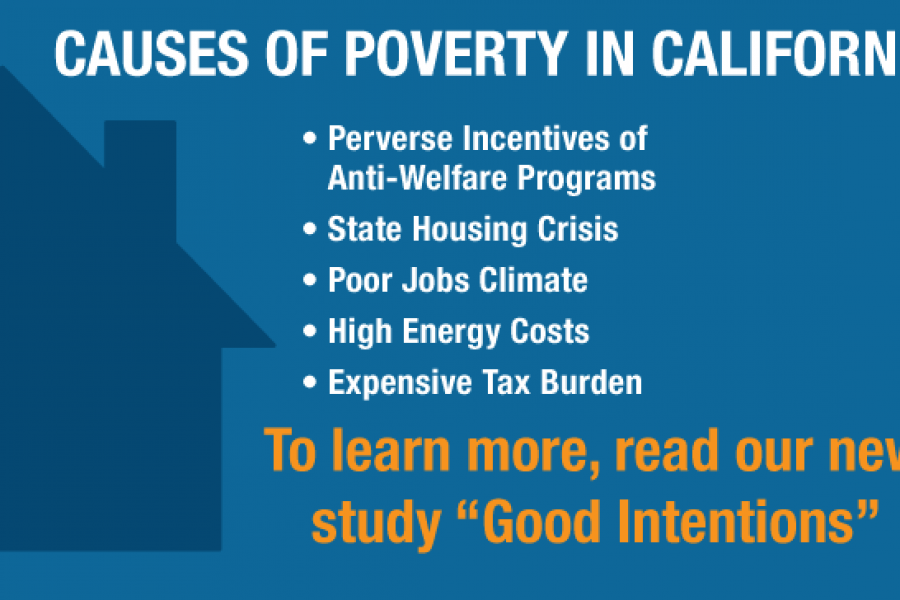A recent issue of The Bond Buyer warns that “thousands of road projects funded by a recently enacted California gas tax are in jeopardy if voters repeal it.” While most Californians want the decrepit streets and highways across the state repaired, they are not likely to be moved by the warning — particularly when the state has $16 billion in excess revenue that could be applied to road work.
California’s roads are miserable, and have been for years. Basic maintenance has been neglected for so long that we have some of the most wretched boulevards, avenues, and freeways in the country. In only eight states are they worse, according to the Reason Foundation. Conditions had became so desperate that Sacramento finally acted last year. The fix that emerged was Senate Bill 1, a 10-year, $52 billion motor fuels tax hike. But it’s such an unpopular tax that a measure to repeal it will appear on the ballot this fall. Even four months out, it has the look of a near-monumental tax revolt. A Stanford poll found that voters favor repeal by a 42-22 margin, while a USC Dornsife/Los Angeles Times poll taken in May indicates that 51 percent want it abolished.
It’s obvious that the state is worried. The concern can be seen in the appearance of “Rebuilding California” signs that tell us just how terrific SB 1 is for us all.
Despite the alarms, a repeal would not necessarily mean the work that has been started would have to stop. The revenue that has been collected since the tax hike went into effect last fall would still be available, because “the repeal effort is not retroactive,” Roger Dickinson, executive director of Transportation California, told The Bond Buyer.
The collected tax money will eventually be exhausted, but again, it doesn’t have mean that’s the end of the work. The state could tap into the $16 billion in reserves that it’s sitting on. There’s enough there to fund three full years of work, based on the projection that the tax would generate roughly $5.2 billion a year.
Once that’s used, the state could trim spending elsewhere in the budget to fund the remainder of repairs. They wouldn’t have to be “draconian” cuts, either. With a $200 billion budget, it would take only a 2 percent across-the-board cut to pay for the work.
But don’t stop there. Making the cuts a bit deeper would finance new construction that’s needed to ease the state’s traffic headaches. Given that these minor cuts would be years into the future, legislators and bureaucrats have enough time to prepare for them.
There also remains the fact that the state doesn’t need to raise $52 billion to pay for all of the repairs. A healthy portion of that money will be spent on projects unrelated to roads, such as commuter rail, streetcars, mass transit, and other schemes that have greater political standing, including government efforts to push Californians out of their automobiles and onto bicycles or their feet. As much as one-fourth of the revenue rolling in through SB 1 will not be used on the cracked and cratered surfaces we drive our cars on.
The best outcome would be for the $16 billion in extra revenue to be returned to taxpayers in rebates; for every penny of motor fuel taxes to be dedicated to roads; and for the emergence of a more reasonable way to pay for the repairs than sticking drivers with a $52 billion tax hike.
It would take a great deal of political energy to complete those turnarounds, far more than Sacramento is willing expend. It’s just too easy to keep moving in the wrong direction.


